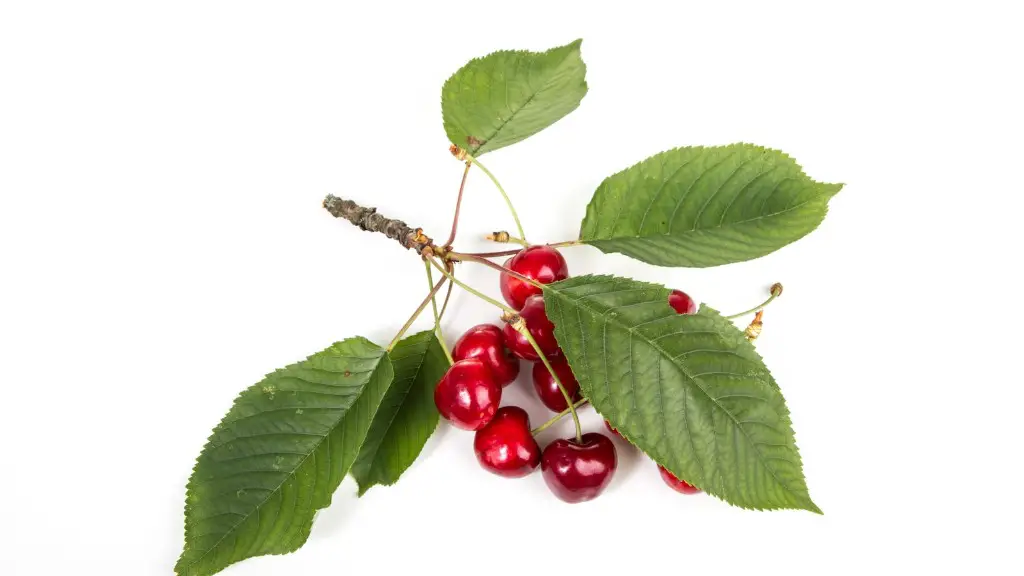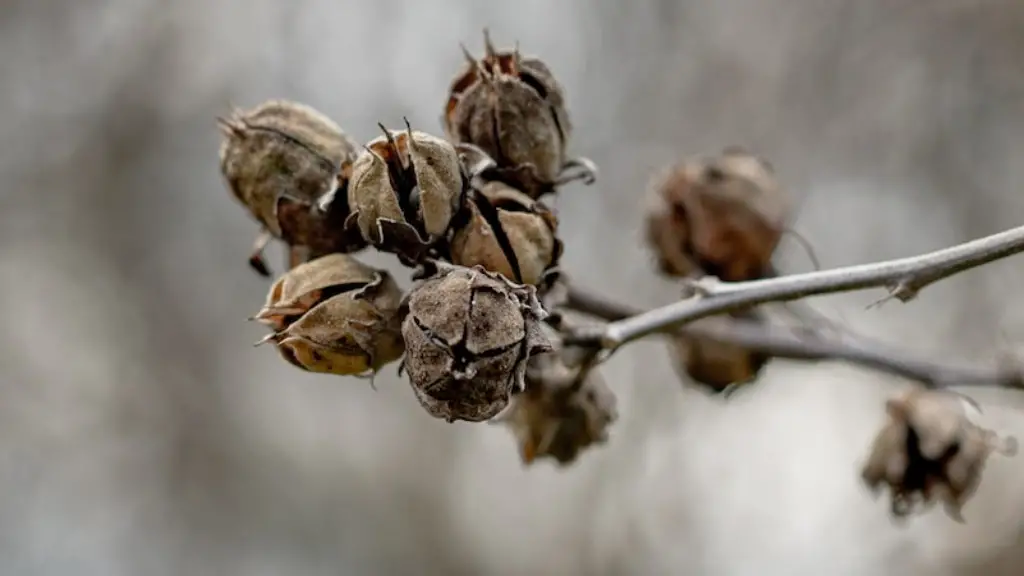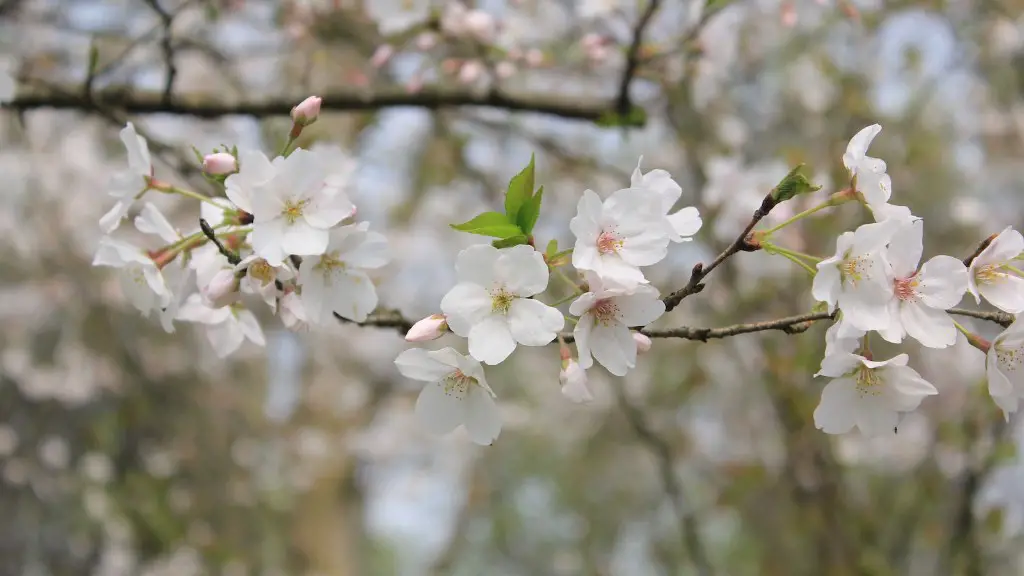Cherries are one of the most popular and delicious fruits enjoyed by many all around the world. They’re an undeniably tasty treat, but they don’t just grow on trees, they require completion of a number of steps in order to be fulfilled. It only makes sense to ask,“Can you overwater a cherry tree?” Understanding the full steps of cherry tree care is essential to growing a successful harvest.
The overall health of a cherry tree is a balance between nutrition and water. Too much water can cause the roots to rot, while too little can lead to drought stress. It is not easy to find the perfect balance, but an excess of water can be as damaging as too little, if not more so.
It is important to understand that a cherry tree’s root system stores and transports the vast majority of the water needed for the tree to survive. A cherry tree’s roots are shallow and need ample room for water and oxygen to move around, if these conditions are not met, the root system can become unstable, leading to an excess of water. Overwatering not only damages the root system and potentially leads to root rot, but it can also prevent the tree from getting enough oxygen if the soil is too saturated.
The most important step in understanding how to successfully manage water intake for cherry trees is identifying the right type of soil. When soil contains too much organic matter, water can get stuck within the top layer, preventing oxygen from getting to the roots. When this happens, the cherry tree can become weak, and the fruit tastes bland.
Watering a cherry tree is also a complicated process. There is no one-size-fits-all answer to how often a cherry tree should be watered, as environmental conditions vary greatly depending on location and season. Some factors to consider include the local climate, specific soil conditions, and even the size of the tree.
The best way to make sure a cherry tree is getting the right amount of water is to pay attention to the soil around the tree. The soil should be moist but not soggy—a good rule of thumb is that it should not be squeezed into a ball and should crumble when touched. If you put the soil through a sieve and the water quickly passes through, the tree likely needs more water.
Nutrition
Nutrition is an essential part of cherries health and should be considered in tandem with water management. Optimum cherry tree nutrition should include nitrogen, phosphorus, magnesium, zinc, and iron, all of which are found in organic fertilizers.
Fertilizing helps cherry trees to produce more flowers and produce a larger, sweeter harvest. However, it is important to note that over-fertilizing a cherry tree can be just as damaging as over-watering. Too much nitrogen can cause a deficiency in other essential nutrients, leading the tree to become unbalanced and weak.
It is important to make sure that the nutrients are applied in the right way and at the right time. Cherries should be fertilized in the spring as they start to bloom and again after they have finished blooming. If a cherry tree is already healthy, then fertilization can be put on hold until the winter months, when cherry trees are likely to be low in natural nutrition.
Pruning
The appropriate pruning of cherry tree branches not only helps to maintain healthy fruit production, but it’s also a great way to make sure the tree is receiving all of the necessary nutrients and water. Removing any dead or damaged branches not only reduces the risk of disease and fungal growth, but it also encourages the healthy, new growth of the tree.
In order to prune correctly, you first have to identify which parts of the cherry tree need to be removed. Dead branches can be identified easily by their dryness, discoloration, and lack of leaves. Damaged branches should also be removed if they are bent, twisted, or have split bark.
It is also important to be mindful about removing the right amount of branches. Too much pruning can cause the tree to become unstable and unable to support the remaining branches. Too little pruning can lead to overcrowding, resulting in limited light and air exposure.
Pruning should be completed in the late winter or early spring before the tree starts to bud, to ensure that the cherry tree is not affected by any potential cold snaps.
Environmental Conditions
The environment of the cherry tree is an essential part of making sure it receives the right amount of water. Too much cold weather can reduce the amount of energy going into the tree, and can also cause water to freeze, which can damage the cherry tree’s branches and roots.
On the other hand, too much heat can cause drought stress and can kill off even the hardiest of cherry trees. In order to find the right balance of environment conditions and the right amount of water, it is essential to make sure that the soil is well-draining and to monitor the temperature of the cherry tree’s environment.
Planting Location
The planting location of a cherry tree is also a crucial factor in determining how much water to give it. Trees that are located in sheltered areas are likely to require more water than their counterparts in open spaces. Trees that are located in direct sun are also at risk of drying out too quickly if the water is not managed correctly.
It is also important to note that cherry trees can be planted in various heights, from low to medium to high, and this will also affect the amount of water that it needs. Low-lying cherry trees should be watered more often as the heat is more direct, whereas higher-lying trees may require less water due to the height and exposure to the elements.
Nutrient Deficiencies
It is not uncommon for cherry trees to suffer from nutrient deficiencies. Commonly affected nutrients in cherry trees include nitrogen and phosphorus, both of which must be replenished in order to encourage the proper growth and health of the tree.
In order to make sure that the tree is getting the right amount of these essential nutrients, it is important to supplement the soil with fertilizer. An organic fertilizer can provide the right balance of nutrients that a cherry tree needs, as it has less chance of overloading or damaging the tree with too many essential elements.
Pest Management
Cherry trees are vulnerable to a variety of pests and diseases. Some of the most common pests include aphids, caterpillars, and scale insects. Prevention of these pests is key to avoiding damage to the tree, and can be done by using natural methods such as keeping the area clean, as well as using agricultural-grade pesticides and insecticides.
If an infestation does occur, using insecticides can be effective in resolving the problem. However, certain garden chemicals can be damaging to the environment and should be used with caution. If possible, it is preferable to use natural methods to tackle the problem or ask a specialist.
Harvesting
Once the cherry tree has achieved a healthy harvest it’s time to begin harvesting the fruit. Understanding the right time to harvest is essential to having the sweetest, juiciest fruit, as picking them too early or too late can result in a disappointing outcome.
Harvesting at the right time is a crucial step in successfully producing a great crop of cherries. A good rule of thumb is to wait until the fruit has turned a deep red or purple colour, and to check by gently squeezing the fruit in your hand. When the cherry is ready, it should come off the tree without much effort.
If the tree is ready for harvesting but you are afraid of missing the perfect moment, you can always mark the trees with bright ribbon or paper flags. This should remind you that the tree is ready to harvest and it will help to keep track of which trees have been harvested.
Storage
Once the cherries have been harvested, it is important to manage their storage correctly. This is because cherries, like all fruit, must be stored properly in order to remain fresh. The best way to store cherries is in a cool, dry place and away from the sunlight. Storing the cherries in the freezer is also an option to help them last longer.
It is also essential to wash them before storage or consumption, as this will help to remove any dirt, oils, or potential pests that were attached to the fruit while they were growing on the tree.
It is important to remember that cherries are a perishable item and should be enjoyed shortly after they are harvested. If the fruit is going to be stored for a period of time, it’s important to make sure that it is completely dry and that the temperature is kept between 32-40°F.





